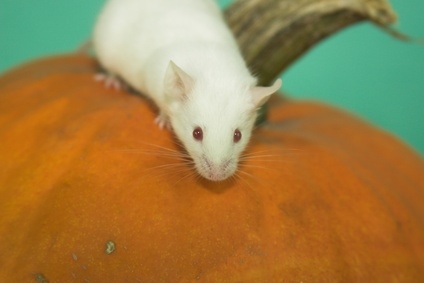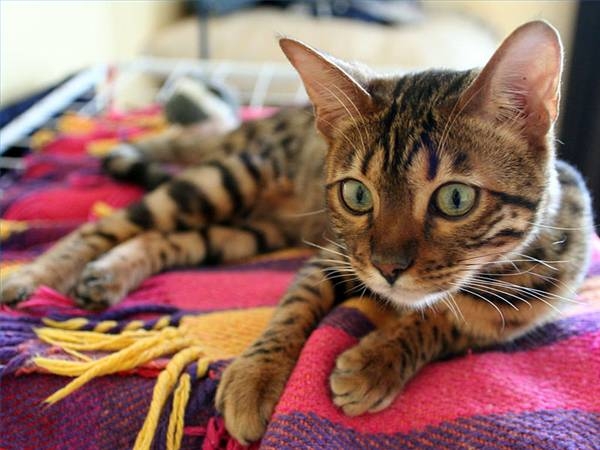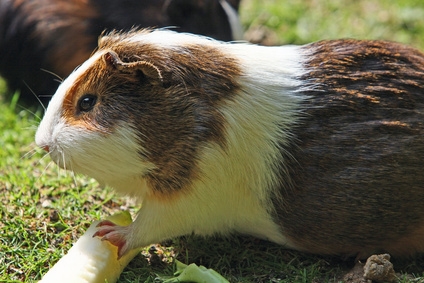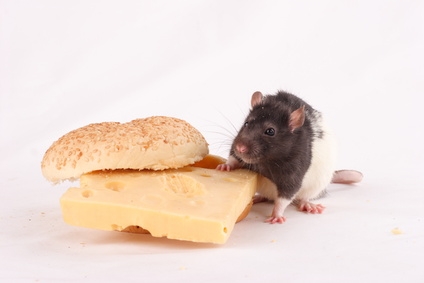
Rabies Symptoms in Pet Mice. All mammals can develop rabies if exposed. Generally, diagnosis of mice and other small rodents with rabies occurs rarely. However, a rabid animal that bites a mouse or small rodent often kills it, making developing rabies impossible. In the United States, no reports document a person getting rabies from a mouse, according to the Centers for Disease Control and Prevention (CDC). Consider any injury by a wild animal as a potential rabies exposure, according to the CDC. After exposure, the virus incubates for a few days to a few months, creating no symptoms. Symptoms vary for all mammals and most exhibit at least behavioral symptoms before the final stage. Some may show no symptoms until paralysis and death.

In the prodromal stage, symptoms may occur as the rabies virus begins replicating and spreads through the nervous system. According to Virginia Cooperative Extension, a mammal’s normal behaviors change. Your friendly mouse may become shy or aggressive. A generally nocturnal mouse may become very active in the daytime. According to the CDC, possible early symptoms include lack of energy, running a temperature, throwing up and refusing to eat. This stage begins a few days up to a few months after exposure.
The furious stage, as the virus infects the nervous system, produces neurological symptoms. This stage typically occurs a few days after the prodromal stage. According to the CDC, symptoms include weakness, increased salivation and aggression. Other symptoms include restlessness, sensitivity to noise and visual stimulation and seizures. Some animals do not exhibit aggression or other symptoms, according to Virginia Cooperative Extension. Like the prodromal stage, this stage usually lasts 2 to 4 days.
Advanced effects on the brain result in the final paralytic stage’s symptoms. Although your mice may show none of the prodromal or furious symptoms, most mammals exhibit symptoms of the final stage. According to North Dakota Department of Health, symptoms include unsteady movements, loss of control of the rear quarters and then front quarters. This stage typically lasts 2 to 4 days. Other symptoms include inability to swallow or chew. According to Virginia Cooperative Extension, death occurs once the paralytic symptoms appear.
 What Do Frogs Eat in the Desert?
What Do Frogs Eat in the Desert?
What
What Do Frogs Eat in the Desert?
What Do Frogs Eat in the Desert?
What
 How Does a Cat Get Worms?
How Does a Cat Get Worms?
How Does a C
How Does a Cat Get Worms?
How Does a Cat Get Worms?
How Does a C
 Nutritional Needs for Squirrels
Nutritional Needs for Squirrels
Nutrit
Nutritional Needs for Squirrels
Nutritional Needs for Squirrels
Nutrit
 How to Cut a Guinea Pig's Toenails
How to Cut a Guinea Pig's Toenails
How to Cut a Guinea Pig's Toenails
How to Cut a Guinea Pig's Toenails
 Cholecalciferol in Rat Poison
Cholecalciferol in Rat Poison
Cholecal
Cholecalciferol in Rat Poison
Cholecalciferol in Rat Poison
Cholecal
Copyright © 2005-2016 Pet Information All Rights Reserved
Contact us: www162date@outlook.com